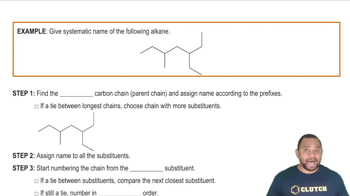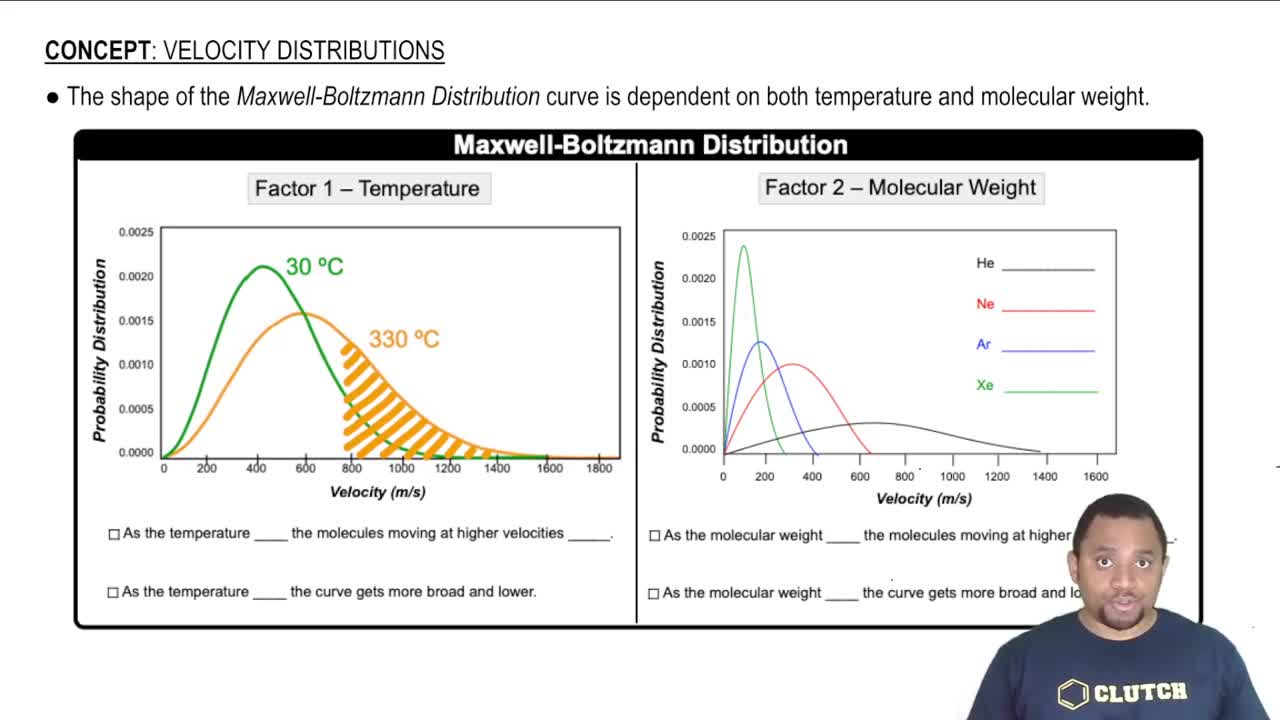Textbook Question
Complete and balance each hydrocarbon combustion reaction. a. CH3CH2CH2CH3 + O2 → b.CH2=CHCH3 + O2 → c. CH≡CCH2CH3 + O2 →
1
views
 Verified step by step guidance
Verified step by step guidance



Complete and balance each hydrocarbon combustion reaction. a. CH3CH2CH2CH3 + O2 → b.CH2=CHCH3 + O2 → c. CH≡CCH2CH3 + O2 →
List all the possible products for each alkane substitution reaction. (Assume monosubstitution.) a. CH3CH3 + Br2 →
List all the possible products for each alkane substitution reaction. (Assume monosubstitution.) b. CH3CH2CH3 + Cl2 → d.
List all the possible products for each alkane substitution reaction. (Assume monosubstitution.) a.CH4 +Cl2 → b. CH3CH2Br + Br2 → d. CH3CHBr2 + Br2 →
List all the possible products for each alkane substitution reaction. (Assume monosubstitution.)
c. CH3CH2CH2CH3 + Cl2 →